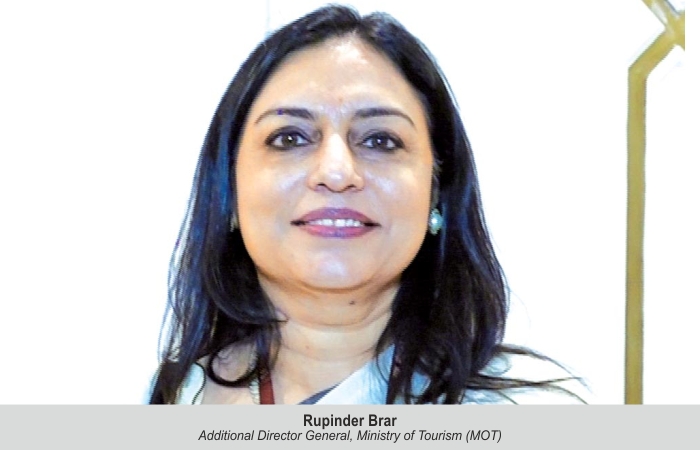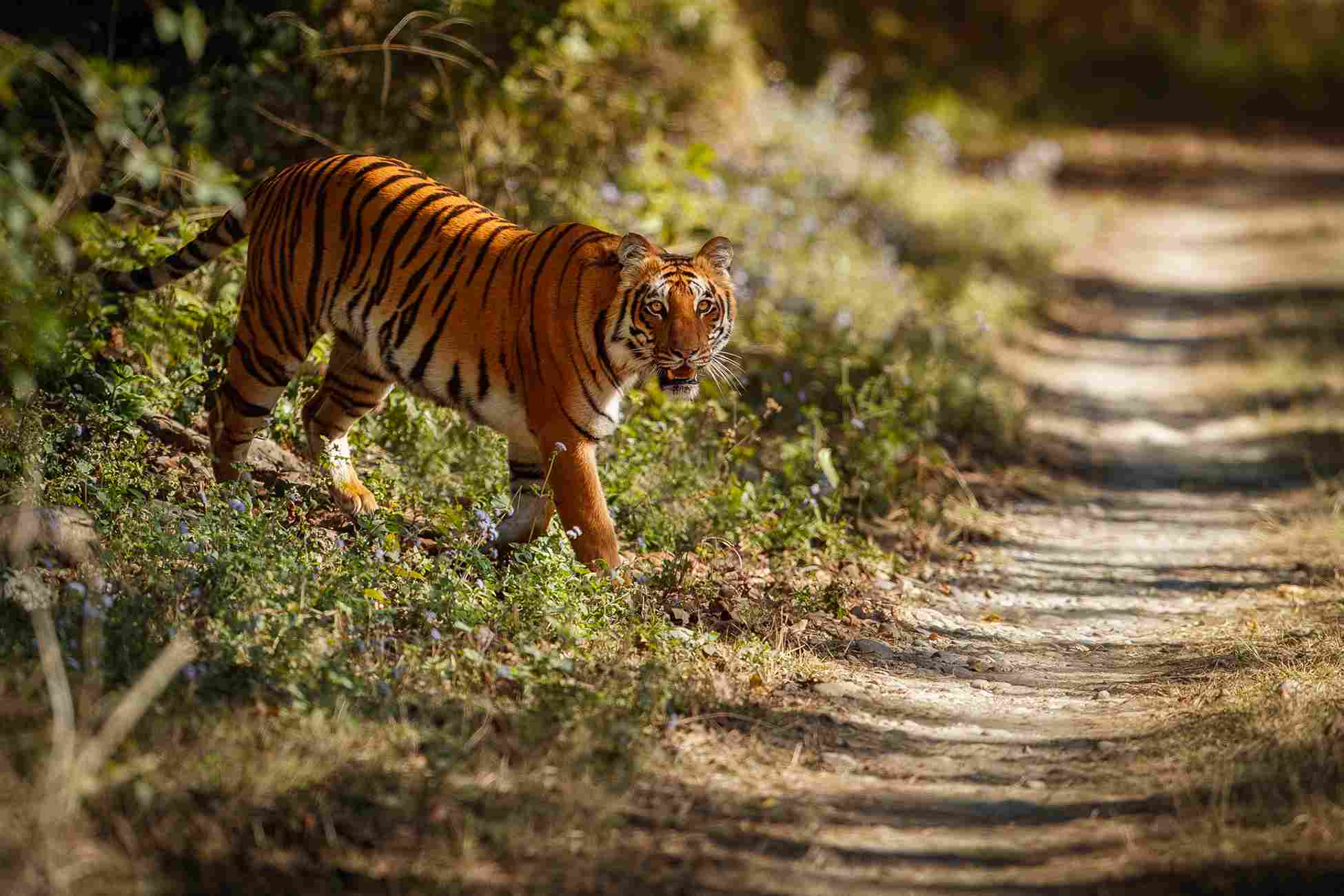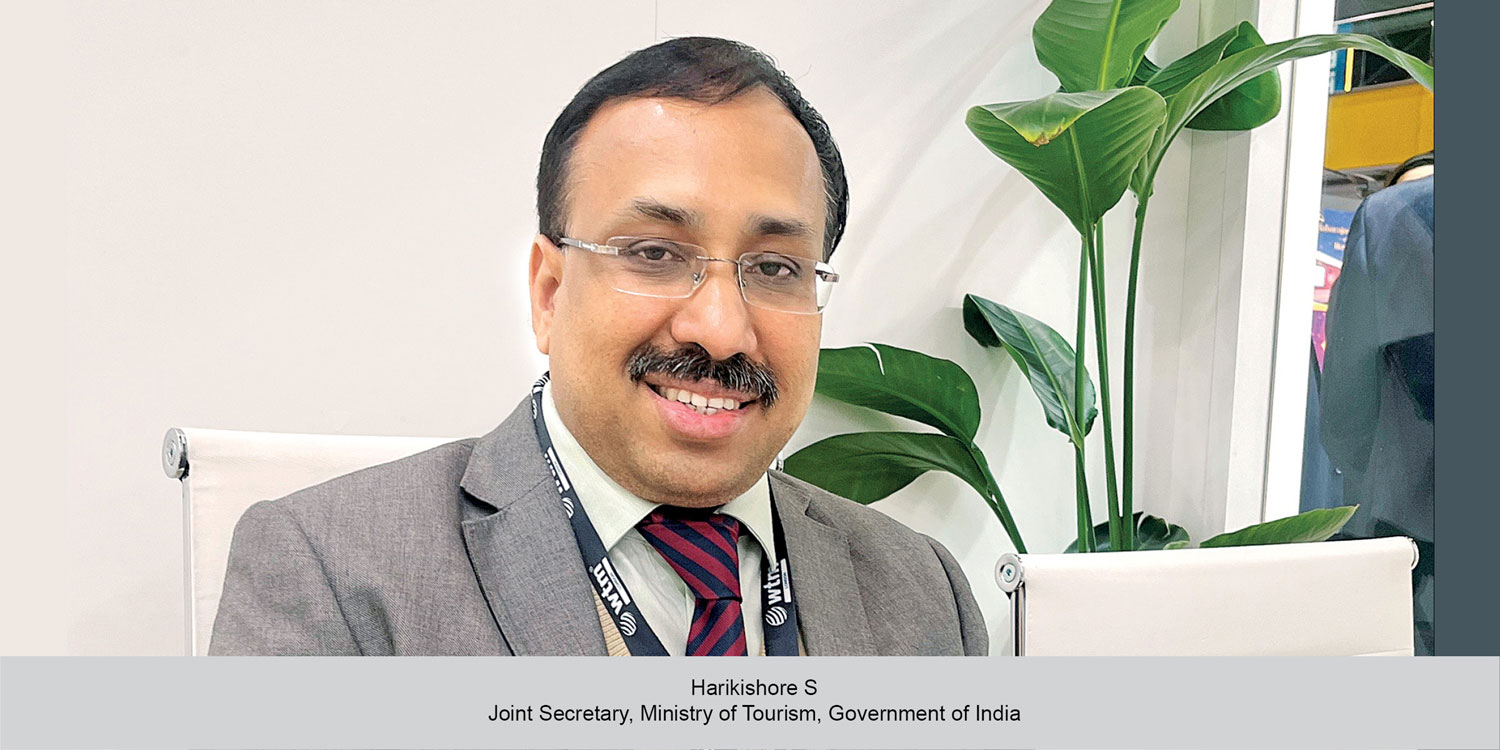Amid challeges posed by COVID-19 worldwide, Rupinder Brar, Additional Director General, Ministry of Tourism, shares how India is preparing not only to welcome tourists whenever travel restarts, but also trying to be the best destination to attract investment in tourism sector.
Nisha Verma
While Omicron has brought travel to a halt across the world, Rupinder Brar, speaking at the session on ‘Investment Opportunities in Travel, Tourism and Hospitality’ at Expo2020 Dubai, said that the high vaccination rate in India has resulted in domestic travel to grow by leaps and bounds and this would instil confidence also among the foreign travellers. “As we gear up for the increased tourist footfalls, both domestic and international, we need to focus on the fact that the tourists that we will see in 2022-23 would be different from those that visited us in 2019. Post-COVID, they will look at alternate options to where they were travelling in 2019 and choose more open, green areas in 2022. Also, new-age tourists are more tech-savvy and are conscious about health and safety,” she said.
The brighter side
Brar believes that India’s strength lies in experiencing the layers of offerings in India. “We must focus on creating rich tourist experiences that have minimal environmental impact and also involve the communities in bringing those boundless stories of incredible India to the entire world. This way, tourism would not just create memories, but also tremendous amount of employment,” she claimed.
“Tourism has exponential possibilities to boost the Indian services sectors in the next decade to attract significant revenues. Improved customer experience in tourism is a key factor that would determine its future growth. One of the largest services industries in the country, tourism has high impact on employment, export earnings and regional development and is a key engine of our growth. The services sector accounts for 53.89 per cent of total India’s gross value added, and in tourism we are keeping our two major strengths forward—the young population and the digital interventions, of which India is truly a master,” she added.
Investment opportunities
She claimed that the domestic spend in the sector is growing to as much as 89 per cent of the total spend being done by the Indians within the country today. “Hence, one should look at India as a destination with a great business opportunity and growth possibility,” Brar suggested. “The MOT has a number of flagship initiatives. In the wake of the pandemic, MOT has adopted a robust digital strategy to promote tourism. We have been focusing a lot on building tourism infrastructure across the country, both in terms of the tangible infrastructure and human resource, which is a key driver of experiential tourism, of which India can truly be a leader in this century,” she added.
She further stressed that there is a huge business opportunity for anyone looking to invest in India, in terms of the market size and the potential. “Under the government’s huge focus on connectivity, UDAN is ensuring that every domestic traveller has the capacity to connect and travel to the remotest corners of the country. MOT also spends its money with civil aviation to identify such routes. The Ministry of Railways has also been aggressive on bringing heritage trains and special route trains to all Indians and foreign travellers,” she re-emphasised.
Highlighting the revenue potential in the sector, Brar said, “We, despite the pandemic, saw an inflow of US$2.93 billion in terms of investment in tourism as compared to a US$1.07 billion in FY 2019. Tourism industry has also encouraged the development of multi-use infrastructure, including hotels, resorts and restaurants, transport infrastructure and health care facilities. Now, 100 per cent Foreign Direct Investment, under the automatic route and in facilities, is allowed by the GoI. A five-year tax holiday has also been offered for two, three and four-star hotels, located around UNESCO world heritage sites, except in Delhi and Mumbai.”
Future ready
Brar believes that India can be a huge religious tourism destination. “As we look at data across the world, 27 per cent of global travel happens around spiritual and religious tourism and clearly India has an opportunity of being a hub for that. Hence, it is a high focus area for government,” she said.
 TravTalk India Online Magazine
TravTalk India Online Magazine





